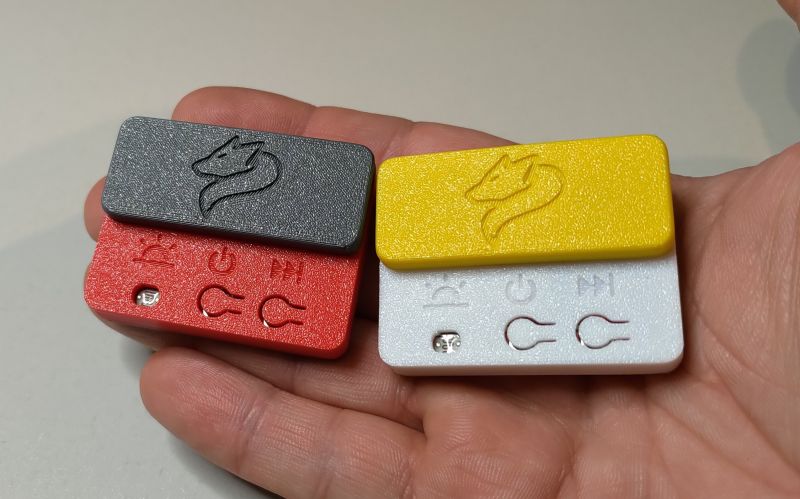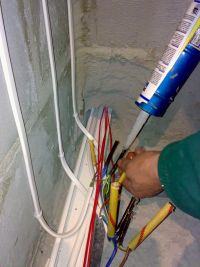Tomasz Downacki wrote:
So what? You take the sentence out of context because one person says it's "best" to replace a section of the cable. No way from where to. And he is "Janusz"?
Quote: I soldered it at home and taped it with electrical tape and everything is fine. I think it's even better.
Is that ok, especially "better", better than the unbroken original cable? I suggest cutting it every 2 cm and soldering it

Ok, because the hair doesn't stand on end, it didn't kill anyone and the pigeons don't rub their orientation?
Of course it can be good, but whether it is so on the basis of insulating with "some" tape and plastering it is impossible to say immediately. May it be so.
Insulating tape in moisture and plaster absorbs moisture and, especially at elevated temperatures, can be very unstable. It crumbles, comes off, becomes very soft. It all depends on the tape, if someone wants to use it, it's okay, because that's what it is for, but also needs to know what the tape is and what it is for, not the first one better than a Chinese or a set of all colors from Castorama for PLN 2.50.
I have spent many years watching cables, working in a humid environment and sometimes insulated with tapes (telecommunication / ICT), after a few years it gets massacre, in a warm and humid room, and outside double.
There are good tapes, such as the HelaTape series from HellermannTyton, or self-amalgamating (self-amalgamating) tapes.
A good tape has a certificate of approval and a maturation period specified in the specification, e.g. the above-mentioned is 5 years. Who pays attention to it? Almost nobody.
And I have tapes in my garage myself, which lie for a few years, left over from stocks. And I am probably not the only one.
What is the description of the repair - in my opinion, well done and neatly. But for DIY constructions?









